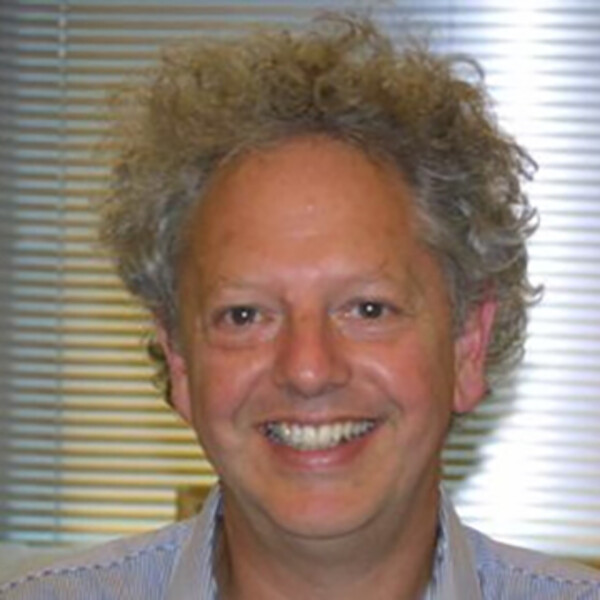Peter Burns
PhD, University of Bristol, United Kingdom

Research Synopsis
Imaging and Therapy with Ultrasoundand Microbubble Contrast Agents
Ultrasound imaging is familiar to many for the pictures it produces of the developing fetus in pregnancy; it is also one of the most widely used methods to examine the heart, the organs of the abdomen and pelvis, muscles, tendons and other soft tissue structures. By virtue of the acoustical Doppler effect, it also provides images of human blood flow without the need to inject radioactive compounds, X-ray or other dyes into the circulation. Although in recent years the clinical use of Doppler ultrasound instruments has become widespread, its role has been confined to answering qualitative questions about flow in relatively large vessels. Work in our laboratory seeks to extend this method into a quantitative technique capable of measuring such important haemodynamic variables in the body as the flowrate of blood, its pressure and resistance in large vessels. Laboratory investigations include the analysis of the interaction of ultrasound with moving blood as well as the dynamic characteristics of blood flow and the vessels themselves.
Many significant blood vessels in the body - for example in the muscular wall of the heart, the myocardium - are so small that they lie below the resolution limit of most radiological methods. Detecting flow in this microcirculation, is however, important; it can reveal information about the function of tissue and is particularly relevant to heart disease and cancer. Recently, it has become possible to make real time images of flow in the microcirculation with the help of a new class of materials which can be used as contrast agents for ultrasound. These comprise encapsulated microbubbles of gas which are smaller than a red blood cell (a few microns across) and can pass harmlessly through the circulation. We have developed several new imaging methods in which these bubbles are induced to nonlinear resonance in an ultrasound field and thus made to emit harmonic frequencies. These harmonics effectively provide a ‘signature’ to the echo from blood and allow its separation from that of the surrounding tissue. With this method, Doppler ultrasound offers a new tool for the detection of flow in the microscopic vessels of the myocardium after a heart attack; many clinical research centres are now using methods developed in our lab for diagnosis in heart disease. The microcirculation also plays an important role in the development of cancers. The growth of new blood vessels in a solid tumour - a process known as malignant angiogenesis – is not only of interest as a way of identifying a cancer, but also is the target of a new generation of cancer therapies. We are working to make imaging methods which can be used to guide and monitor these therapies. We are already using prototype systems in patients with breast and liver cancers, with promising results. Finally, the bubbles themselves can be disrupted remotely using carefully designed ultrasound pulses. This introduces two exciting areas for our current research: first, the interruption of the flow of agents allows perfusion rates to be mapped and flow in the microcirculation to be measured quantitatively; second, the disruption of flowing bubbles in a selected area can be used as a new way to deliver drugs, or even genetic material itself, to a specific organ targeted by the ultrasound beam.
New techniques are developed on the bench but implemented rapidly using modern programmable clinical ultrasound scanning equipment. Our laboratory includes state-of-the-art digital colour flow ultrasound systems with unusually extensive access to the operating software allowing us to create prototypes of entirely new methods in the acquisition, processing and display of ultrasonic echoes from the body. After laboratory testing, collaborative clinical studies with clinicians in the Toronto hospitals are then used to help us evaluate and refine our methods.
Potential Thesis Topics
- Cancer diagnosis with nonlinear ultrasound imaging
- Drug delivery with ultrasound and microbubbles
- Nonlinear acoustics for imaging the microcirculation
- Measuring microflow in atheromas (lesions which cause stroke)
- Developing methods to monitor the response of cancers in the breast and liver to new anti-angiogenesis treatments
Recent Publications
- Becher H, Burns PN. A Handbook of Contrast Echocardiography. Springer, Heidelberg, 2000. (Download the book here)
- Burns PN, Wilson SR. Focal Liver Masses: Enhancement Patterns on Contrast-enhanced Images—Concordance of US with CT and MR Images. Radiology 2007. 242,1,162-174 (Cover illustration).
- Karshafian R, Burns PN and Henkelman MR. Transit time kinetics in ordered and disordered vascular trees. Phys. Med. Biol. 2003, 48, 3225-3237.
- Burns PN. Contrast Ultrasound Technology. In: Solbiati L, Martegani A, Leen E, Correas JM, Burns PN. Contrast-Enhanced Ultrasound of Liver Diseases. Springer, Milan 2002, 1-19.
- Hope Simpson D, Burns PN. An Analysis of Techniques for Perfusion Imaging with Microbubble Contrast Agents. IEEE Trans Ultrason, Ferroelect & Freq Control 2001, 48, 1483-1494
- Taylor KJW, Burns PN, Wells PNT: Clinical Applications of Doppler Ultrasound, 2nd edition. Raven Press, New York, 1996.
- Burns, PN, Hope Simpson D, Averkiou, M. Nonlinear Imaging. Ultrasound Med Biol 2000; 26, 1, 19-22.
- Burns PN, Wilson SR, Hope Simpson D. Pulse Inversion Imaging of Liver Blood Flow: An improved method for characterization of focal masses. Invest Radiol 2000, 35, 1, 58-71.
